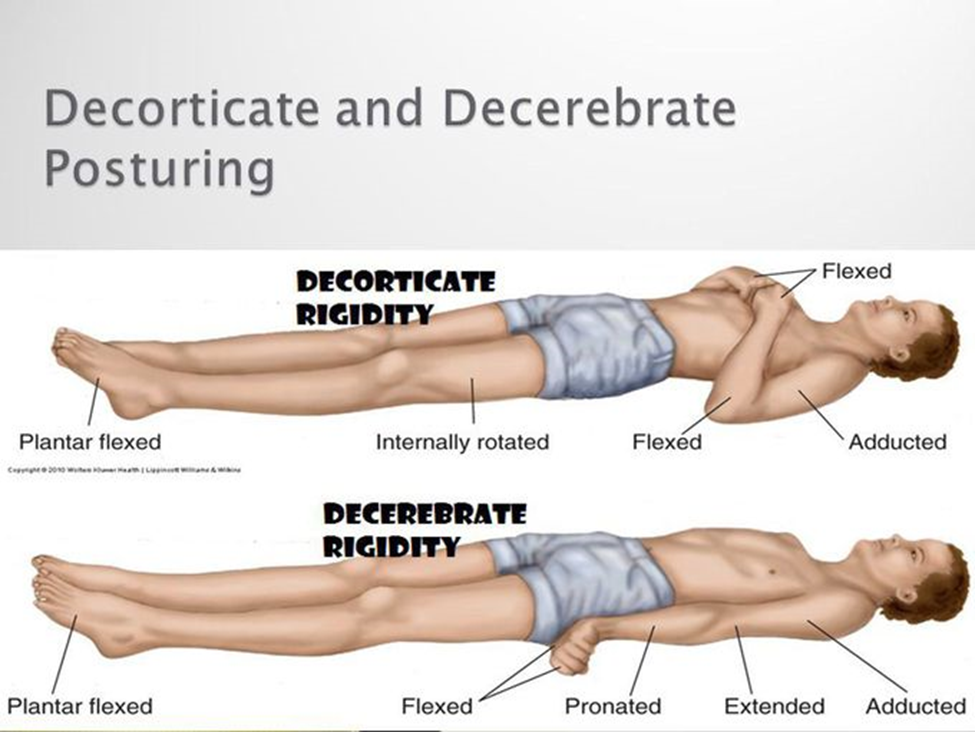A patient with Parkinson's disease asks the nurse why anticholinergics are used in the treatment. Which response by the nurse is most accurate?
"These drugs inhibit the action of acetylcholine
"These drugs help you urinate."
"These drugs will decrease your eye pressure."
"These drugs will assist in lowering your heart rate."
The Correct Answer is A
A. "These drugs inhibit the action of acetylcholine":
This response is accurate. Anticholinergic medications work by blocking the action of acetylcholine, a neurotransmitter involved in various functions in the body, including muscle control. In Parkinson's disease, there is an imbalance between dopamine and acetylcholine, leading to motor symptoms such as tremors and rigidity. By inhibiting the action of acetylcholine, anticholinergic drugs help rebalance neurotransmitter activity and alleviate some of the motor symptoms associated with Parkinson's disease.
B. "These drugs help you urinate":
This statement is not directly related to the use of anticholinergic medications in Parkinson's disease. While some anticholinergic drugs can indeed relax the smooth muscle of the bladder and improve urinary symptoms, this is not the primary indication for their use in Parkinson's disease.
C. "These drugs will decrease your eye pressure":
While anticholinergic medications can be used to dilate the pupils and decrease intraocular pressure, this is not typically the reason for their use in Parkinson's disease. While some anticholinergic medications may have ocular effects, they are primarily used to address motor symptoms associated with Parkinson's disease.
D. "These drugs will assist in lowering your heart rate":
While some anticholinergic medications may have effects on heart rate by blocking parasympathetic nervous system activity, this is not the primary indication for their use in Parkinson's disease. The focus of anticholinergic therapy in Parkinson's disease is primarily on addressing motor symptoms rather than cardiovascular effects.
Nursing Test Bank
Naxlex Comprehensive Predictor Exams
Related Questions
Correct Answer is B
Explanation
A. Excessive salivation:
Excessive salivation is not a common adverse effect of benztropine. Instead, anticholinergic medications like benztropine often cause dry mouth, which is more common than excessive salivation.
B. Difficulty voiding:
Difficulty voiding, or urinary retention, is a potential adverse effect of anticholinergic medications like benztropine. Anticholinergic drugs can cause relaxation of the detrusor muscle in the bladder, leading to urinary retention. Therefore, the nurse should instruct the client to report any difficulty or inability to urinate.
C. Diarrhea:
Diarrhea is not a common adverse effect of benztropine. Instead, anticholinergic medications like benztropine typically cause constipation due to their antimuscarinic effects on the gastrointestinal tract.
D. Slow pulse:
Slow pulse, or bradycardia, is not a common adverse effect of benztropine. Instead, anticholinergic medications like benztropine may cause tachycardia (increased heart rate) due to their effects on the autonomic nervous system.
Correct Answer is C
Explanation
A. Extension of the extremities
Extension of the extremities is not consistent with decorticate posturing. Instead, it is more indicative of decerebrate posturing, where both the upper and lower extremities are typically extended.
B. Pronation of the hands
Pronation of the hands is not typically associated with decorticate posturing. In decorticate posturing, the hands are usually flexed with the wrists and fingers pointing towards the body.
C. Plantar flexion of the legs
Plantar flexion of the legs characteristic of decorticate posturing. Decorticate posturing mainly involves plantar flexion of the feet.
D. External rotation of the lower extremities
External rotation of the lower extremities is also not typically associated with decorticate posturing. In decorticate posturing, the lower extremities may exhibit extension or internal rotation, but external rotation is not a characteristic feature.

Whether you are a student looking to ace your exams or a practicing nurse seeking to enhance your expertise , our nursing education contents will empower you with the confidence and competence to make a difference in the lives of patients and become a respected leader in the healthcare field.
Visit Naxlex, invest in your future and unlock endless possibilities with our unparalleled nursing education contents today
Report Wrong Answer on the Current Question
Do you disagree with the answer? If yes, what is your expected answer? Explain.
Kindly be descriptive with the issue you are facing.
